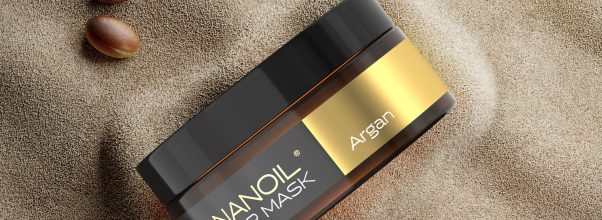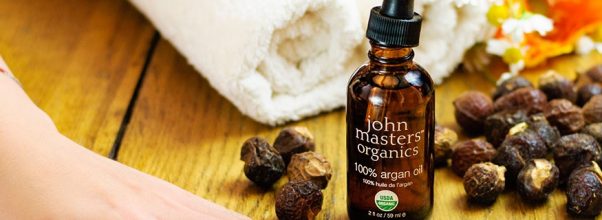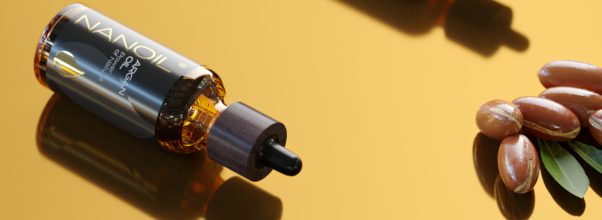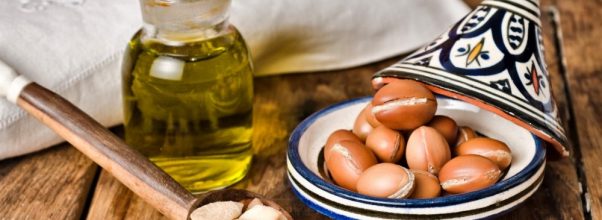Argan Oil Hair Mask Worth Your Pick!

First of all, they are completely natural, free of chemicals or artificial substances that could interfere with the processes taking place on scalp. Another benefit is the fact that they DEEPLY nourish hair, hair bulbs and scalp. Moreover, shampoos and balms work only on the surface of the strands, while oils - penetrate inside. That is where the complex regeneration starts. Wisps are nourished and provided with components that will ensure their healthy growth and beautiful appearance.
One of the most popular hair oils is argan oil, commonly known as the 'elixir of youth' or 'liquid gold of Morocco'. Argan oil is unique, prestigious and delicate. It has a good consistency, not too runny not too thick, thanks to which, it is easy to wash off after hair oiling. Additionally, it has a pleasant, delicate, nutty scent.
However, its popularity is determined by one, very important feature. The balance of fatty acids in argan oil makes it suitable for medium porosity wisps as well as the damaged and dry ones, of high porosity.






Only very few people know that oils must be matched to the type of porosity , to the extend of how high the cuticles are raised. The more damaged the hair the more loose the cuticle layer is, in consequence, the porosity is higher. It can be visible under a microscope. However, you do not have to go to a laboratory to check your hair porosity. You can run an easy test in the comfort of your own home. Simply put one hair into a container filed with room temperature water. Make sure that your wisp is clean and free of any cosmetics. After about 10 minutes, check what happened. Healthy strand (low porosity) will float on the surface, damaged (high porosity) wisp will drown all the way to the bottom. Medium porosity hair will dive somewhere to the middle of the container.
Furthermore, the degree of raised cuticles as well as the construction of oil (the size of its particles), determines which oil is suitable for particular porosity. Let us explain this on the example of argan oil.
Argan oil (as well as all other natural oils) is made of fatty acids. Each oil consists of diversity of acids which appear in oils in different concentrations. For example, argan oil comprise 49% of oleic acid that belongs to the omega-9 group and 39% of linoleic acid from the omega-6 group.
Fatty acids from the omega-9 group have semi-penetrating properties and are suitable for medium porosity hair. Their particles are of medium size and perfectly fit to loose cuticle layer. Therefore, the particles of oleic acid contained in argan oil will take care of medium porosity hair.
Fatty acids from omega-6 group has non-penetrating properties, their particles are large and fit to very highly raised cuticles of high porosity hair. Nearly 40% concentration of such particles in argan oil makes the oil suitable for high porosity hair.
Because of the fact that most people in the world have medium porosity hair or (unfortunately) their strands are damaged and dry (sometimes the entire length, sometimes only the ends) - argan oil will provide appropriate care. Its versatile use ensures that it will never be a mismatch. Only thick, stron and heavy hair will not be fond of its work, however, such hair type is very rare.
If you are at the beginning of your journey with hair oiling and hesitate which oil you should buy - you can reach for argan oil without a doubt.